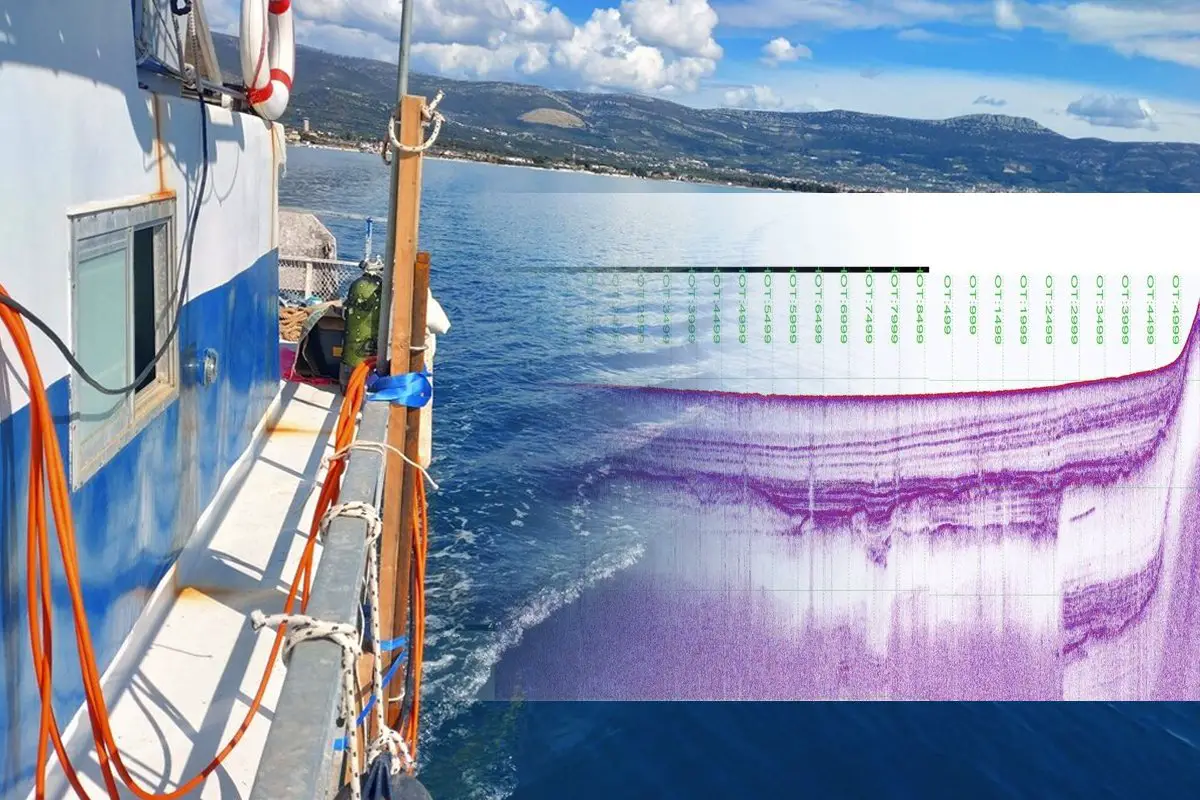Researchers from the Life on the Edge project, a collaboration between the University of Bradford and the University of Split, has revealed a lost submerged landscape off the coast of Croatia using underwater scans.
Using state-of-the-art underwater 3D seismic sensors, the researchers have identified a network of ancient streams, rivers, hills, and geological features in the Adriatic Sea off the coast of Split, the second-largest city in Croatia.
Between 10,000 and 24,000 years ago, the sea levels were around 100 metres lower than present day, meaning vast areas of the Adriatic Sea were likely inhabited by people during the Mesolithic period.
Even today, parts of the North Adriatic basin rarely exceeds a depth of 100 metres, while the stretch of water between Venice and Trieste – towards a line connecting Ancona and Zadar, is only 15 metres deep.
Principal investigator Dr Simon Fitch, said: “It’s a more diverse landscape and it’s better preserved than we expected. There are beautifully preserved rivers and estuaries buried beneath what is now the seafloor.”
These features are often indications of where ancient humans lived, as Mesolithic people lived in temporary camps along rivers and lakes for the natural resources.
Vedran Barbarić, Associate professor, from the Faculty of Humanities and Social Sciences of the University of Split, said: “I am certain that the project results will become a landmark in our knowledge on dramatic environmental changes and the human reaction in this part of the world.”
“We have the potential now to begin asking some really fascinating questions, to understanding the archaeology and the culture – in a much more holistic way. Our ultimate goal is to find human artefacts,” added Barbarić.
The team plans to send divers down to several of the identified sites in the hope of finding evidence of human activity.
Header Image Credit : Submerged Landscape Research Centre
Sources : University of Bradford





